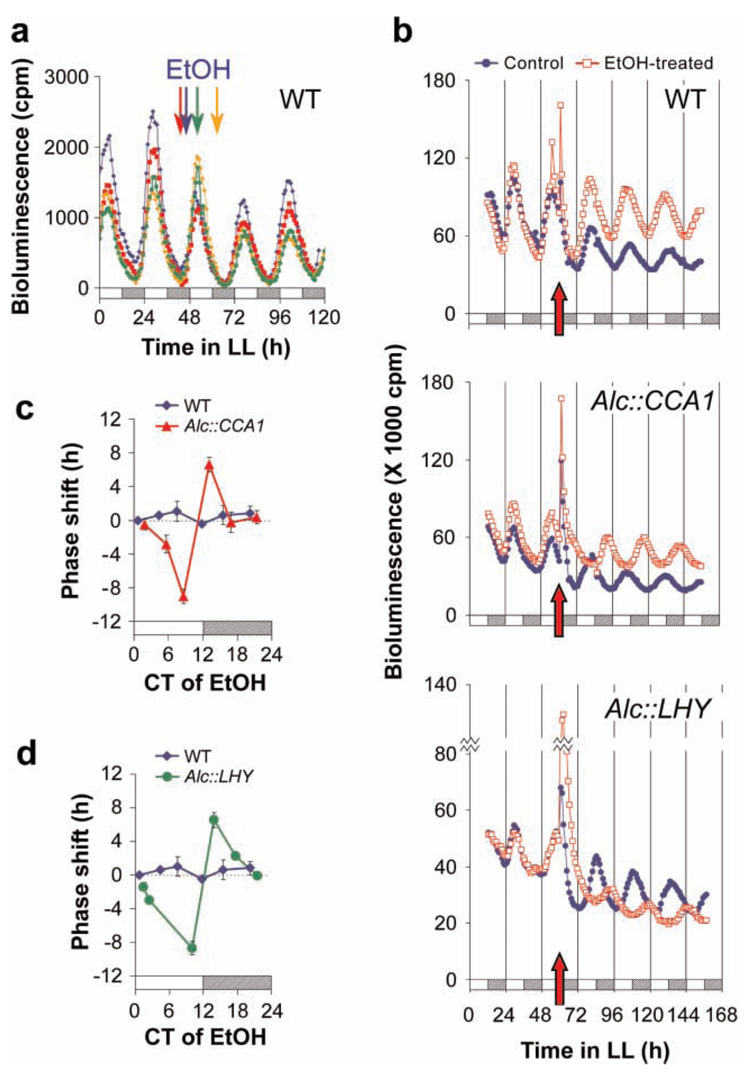Figure 2. A pulse of CCA1 or LHY expression is sufficient to reset the circadian clock.
(a) Ethanol (EtOH) does not affect the circadian phase of CAB2∷LUC rhythms in WT seedlings. Each plot represents the mean bioluminescence of 6 individual seedlings. Colored arrows represent times of a 20-min exposure to 10% (v/v) EtOH for their corresponding colored plots. (b) Effect of a 1% (v/v) EtOH pulse on the phase of CAB2∷LUC rhythms in WT, Alc∷CCA1, and Alc∷LHY seedlings. The times of treatment with EtOH are denoted by a red arrow. Plots represent the mean bioluminescence of 20 seedlings. (c, d) Phase-response curves (PRCs) for a 1% (v/v) EtOH pulse on WT plants versus Alc∷CCA1 (c) and Alc∷LHY (d). Seedlings were treated with EtOH at different times in LL and the resulting phase shifts in CAB2∷LUC rhythms were plotted as a function of treatment time. Delays are negative phase shifts and advances are positive. Error bars denote ± SD (n = 2 to 9). CT = circadian time; cpm = counts per minute.

